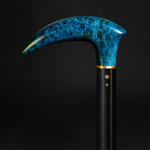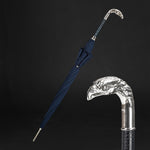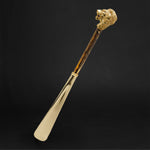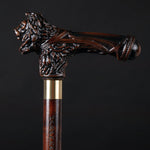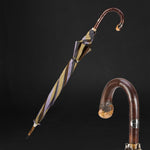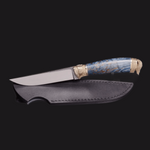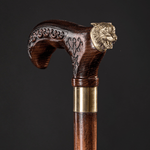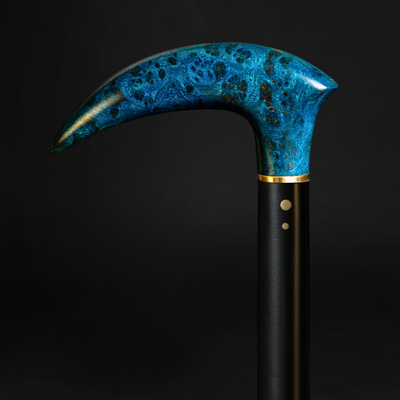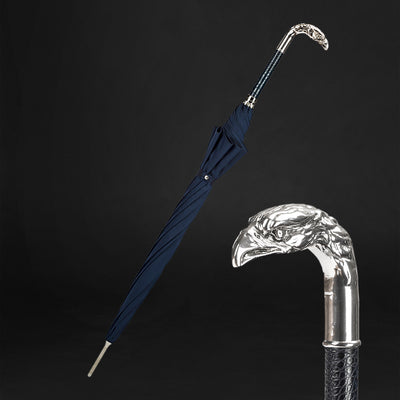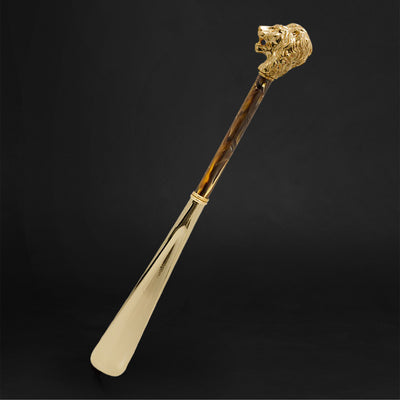You have no items in your shopping cart.
Recent Posts
-
Why an Elegant Cane Is a Thoughtful Gift for Loved Ones?
-
The Art of Christmas Design: Walking Canes That Celebrate the Season in Style
-
How an Ergonomic Walking Cane Handle Prevents Hand and Wrist Strain?
-
How to Walk With a Cane Correctly to Avoid Back or Shoulder Strain?
-
5 Common Mistakes People Make When Buying a Walking Cane (and How to Avoid Them)
-
How to Choose a Walking Cane That Reflects Your Personality (Not Just Your Needs)?
MOST POPULAR NOW
17
Sep
A cane isn’t just a walking aid—it’s a tool that can help you move with comfort, confidence, and balance. But if used incorrectly, it can create new problems such as back pain, shoulder tension, or poor posture. Learning the proper way to walk with a cane is key to avoiding strain and maximizing support.
How to Walk With a Cane Correctly to Avoid Back or Shoulder Strain?
1. Choosing the Right Cane Height
The first step to walking correctly is ensuring your cane is properly sized.
-
Check the height: When standing straight with arms relaxed at your sides, the top of the cane should line up with the crease of your wrist.
-
Elbow bend: When holding the cane, your elbow should be slightly bent at about 15–20 degrees.
-
Too short? It forces you to lean forward, straining your back.
-
Too tall? It causes shoulder and wrist tension.
A properly fitted cane makes walking smoother and more natural.

2. Hold the Cane on the Correct Side
One of the most common mistakes is holding the cane on the wrong side.
-
Rule: Always hold the cane on the side opposite your weaker or injured leg.
-
Example: If your right leg is weak, hold the cane in your left hand.
This ensures better balance and keeps your body aligned while walking.
3. Step in the Right Sequence
The correct walking rhythm helps you avoid unnecessary strain.
-
Move the cane forward at the same time as your weaker leg.
-
Place your weight partly on the cane and partly on your stronger leg.
-
Step through with your stronger leg.
This natural, three-step pattern reduces pressure on your joints and keeps your gait balanced.

4. Keep Good Posture
Bad posture can undo all the benefits of a cane.
-
Stand tall—avoid leaning forward onto the cane.
-
Keep shoulders relaxed and level.
-
Look ahead, not down at your feet.
Maintaining proper posture ensures your cane supports you without causing back or shoulder stress.
5. Use Proper Technique on Stairs
Walking stairs incorrectly with a cane is a common source of strain and accidents.
-
Going up: Step first with your stronger leg, then bring your weaker leg and cane up together.
-
Going down: Place the cane down first, then move your weaker leg, followed by your stronger leg.
Following this sequence protects your joints and keeps you stable.
6. Don’t Over-Rely on the Cane
A cane should assist, not replace, your movement.
-
Avoid putting all your weight on the cane—it should be a guide, not a crutch.
-
Switch hands occasionally if you’re using the cane long-term, unless your doctor advises otherwise.
This prevents overuse strain in one arm or shoulder.

Final Thought
Walking with a cane may seem simple, but small mistakes in posture, height adjustment, or step sequence can lead to unnecessary back and shoulder pain. By choosing the right cane, holding it on the correct side, and walking with good technique, you can move with comfort, stability, and confidence.
Also Purchased
-
Beige Walking Cane for Ladies Chamomile Flower, Wooden Walking Stick
Introducing our beautiful Beige Walking Cane for Ladies with Chamomile Flower, a Wooden Walking Stick that is hand carved and handmade, making it both pretty and unique. This walking cane...$79.50 -
Black Skull Head Walking Stick, Wedding Ceremony Designer Skull
Looking for a stylish and unique walking stick to elevate your look at your next event? Check out our Black Skull Head Walking Stick, the perfect accessory for any wedding...From $217.00 -
Exotic Burl Wood Walking Cane – Fashionable Artisan Stick
A sculptural statement in deep, oceanic blue — this walking cane is more than a support accessory, it's wearable art. Meticulously hand-shaped from stabilized burl wood, the handle evokes the...$425.00 -
ArtWalkingSticks™ MAGIC Walking Cane, Handmade - Make to Order
This piece of art is created for those who value details. We make one of a kind, handcrafted wood and resin canes. Our Wooden Canes are completely unmatched in creativity....$430.00 -
Umbrella with Eagle Handle, Fashion Umbrella For Men
Make a bold and fashionable statement with our Umbrella with Eagle Handle - a unique and functional accessory designed for men. The striking eagle handle is the highlight of this...$325.00 -
Fashionable Lion Shoehorn Long Handle, Pearly Brown Shaft, Handmade
Introducing our Fashionable Lion Shoehorn, a handcrafted, long-handled shoe horn with a pearly brown shaft that's both stylish and practical. The intricate Lion design adds a touch of elegance to...$240.00
















